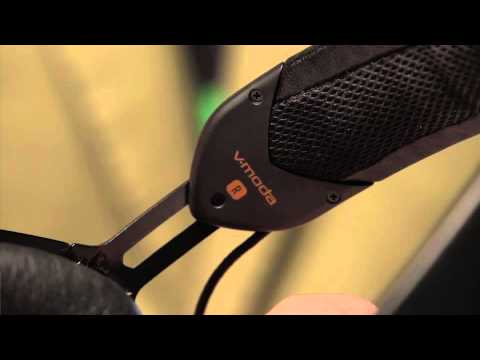How to Build a Winning Paper Airplane: Expert Advice
Summary
In this article, we provide expert advice on building a winning paper airplane. We discuss the instructions for making a paper airplane with a reverse fold, shaping, and creating a fold down the center. We also talk about increasing the angle of incidence on the forward wing to make the plane stall resistant and adding winglets to add effective dihedral, which resists rolling. We will also address the issues of drag, as this plane has many layers, and explain why this plane has the potential to break a world record, but requires improvement to achieve it.
Table of Contents
- Introduction
- What are the instructions for building a paper airplane with a reverse fold?
- How do you shape the paper airplane?
- What is the advantage of increasing the angle of incidence on the forward wing of the plane?
- What are winglets and how do they resist rolling?
- How does drag affect the plane and what can be done to minimize it?
- Why does the Super Canar have the potential to break a world record?
- What are the areas that need improvement to achieve the world record?
- Conclusion
Introduction
Building a paper airplane may seem simple, but it is an art that requires technique, skill, and aerodynamic understanding. In this Q&A session, we will provide expert advice on how to build a winning paper airplane. Our aim is to help you understand the instructions, techniques, and scientific principles involved in designing a successful paper airplane.
What are the instructions for building a paper airplane with a reverse fold?
A reverse fold is the first step in building a winning paper airplane. To make a reverse fold, take the top corner of a sheet of paper and fold it down to create a triangle. Then, fold the open edge of the triangle towards the creased side, creating a smaller triangle on top. Fold this smaller triangle down and crease it well. This creates a reverse fold which will become the wing of the plane. Repeat the process on the other side, being sure to create a mirror image of the first wing.
How do you shape the paper airplane?
To shape the paper airplane, you need to make a fold down the middle of the paper, starting at the top of the reverse folds you just created. Be sure to crease the fold well to create a clean and straight wing. Now, make a slight upward fold, approximately half an inch from the middle fold, creating a forward wing. Then, increase the angle of incidence on the forward wing by folding the end of the wing upwards. This will make the plane more stall resistant and improve its overall flight capability.
What is the advantage of increasing the angle of incidence on the forward wing of the plane?
By increasing the angle of incidence on the forward wing, the paper airplane can resist stalling, allowing it to maintain lift and stability in the air. The addition of this angle creates an upward tilt to the wing, giving the airflow a better surface to follow that generates more lift.
What are winglets and how do they resist rolling?
Winglets are the small upturned edges of the wingtips that enable the aircraft to remain stable in crosswinds. When a paper airplane rolls, it violates the angle of attack by losing lift on one wingtip. Winglets increase effective dihedral angle, creating a situation where more angle of attack is required to violate the lift of both-wingtips simultaneously.
How does drag affect the plane and what can be done to minimize it?
Drag is the force that acts in the opposite direction to the plane’s motion, slowing it down. The Super Canar has a lot of layers which can contribute to drag, decreasing the range of the flight. To minimize drag, it is essential to create a plane with less weight and fewer layers. Make sure to use lightweight paper and avoid adding too many folds, which can add unnecessary layers.
Why does the Super Canar have the potential to break a world record?
The Super Canar has the potential to break a world record due to its sophisticated folding techniques and aerodynamic design. This plane has a reverse fold, increased angle of incidence, winglets, and a perfectly shaped fuselage. Overall, it has the potential to fly a good distance, making it a strong contender.
What are the areas that need improvement to achieve the world record?
The Super Canar has some areas that need improvement to break the world record. One of the primary areas is excessive drag due to too many layers. Another area needing attention is the design of the winglets, which needs to be more effective in creating dihedral angle. These modifications will help the plane to fly longer, higher, and further, breaking the world record.
Conclusion
In conclusion, building a winning paper airplane requires technique, skill, and understanding of aerodynamics. By following the instructions, making precise folds and modifications can create a perfectly shaped and optimized paper airplane. Achieving the world record requires attention to details and modifications that can reduce drag and create effective dihedral angle. With enough dedication and practice, the Super Canar has the potential to break the world record, or even surpass it.







